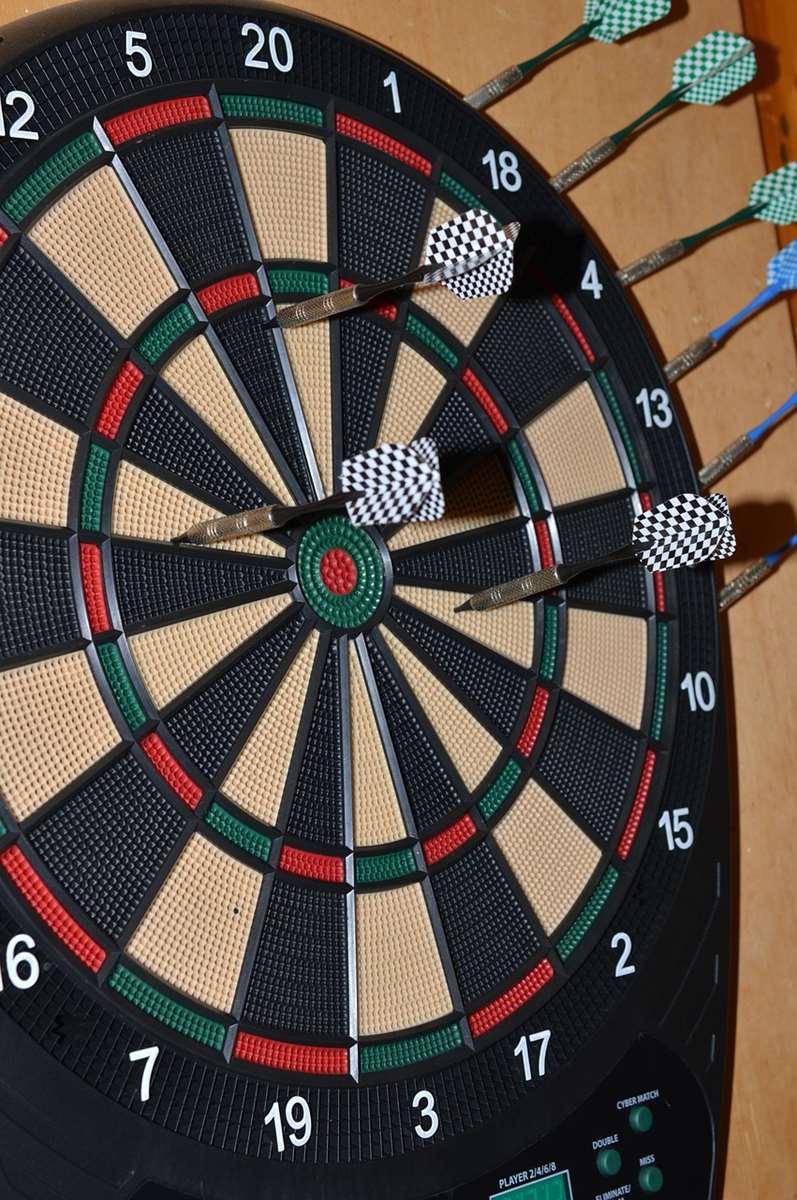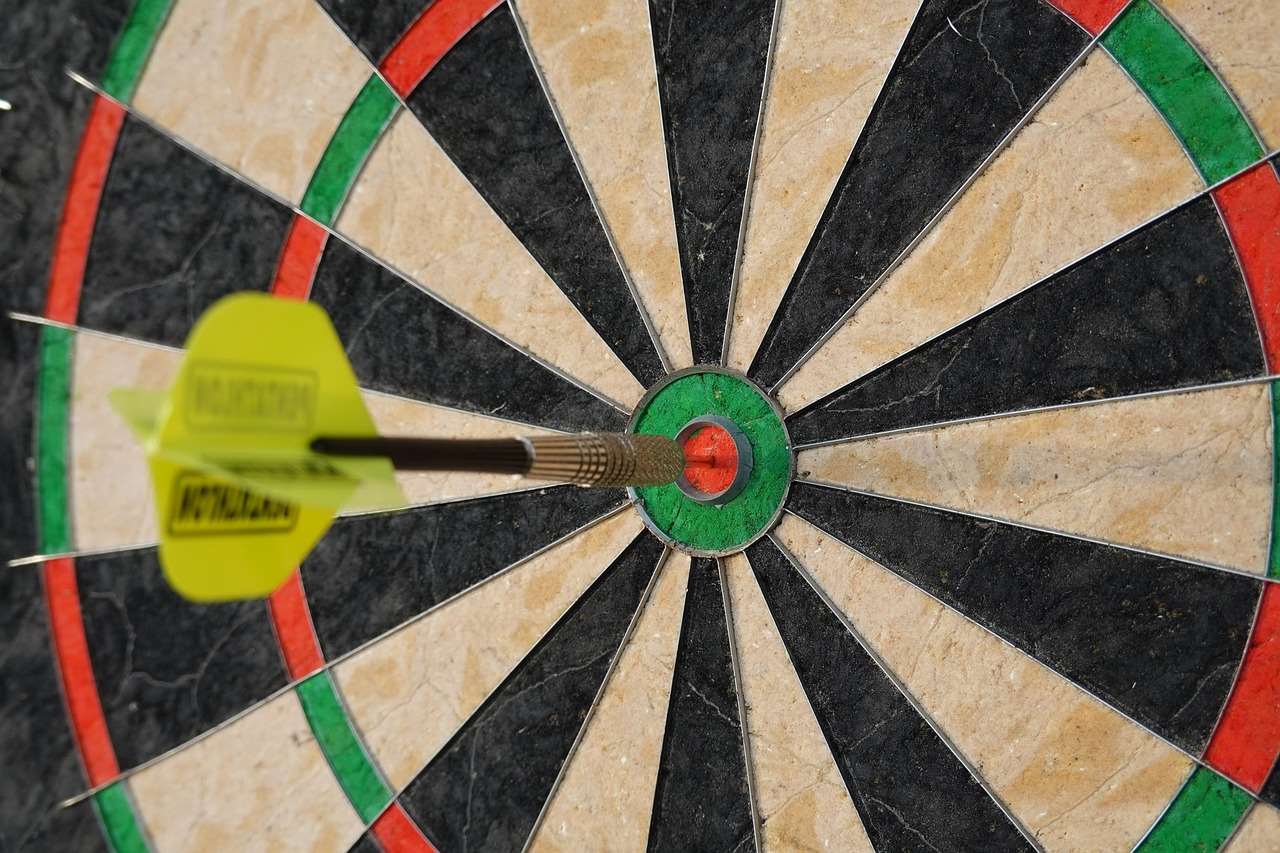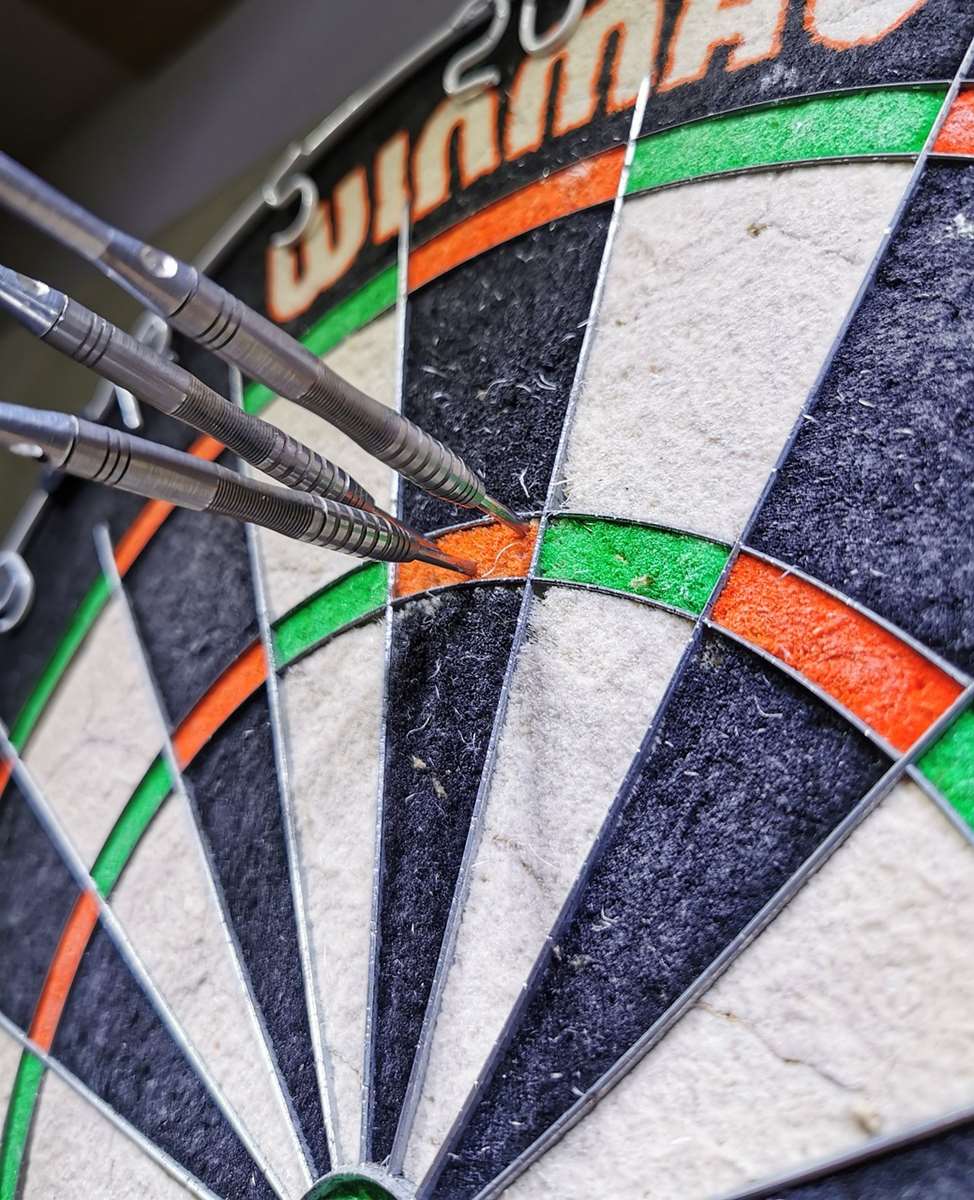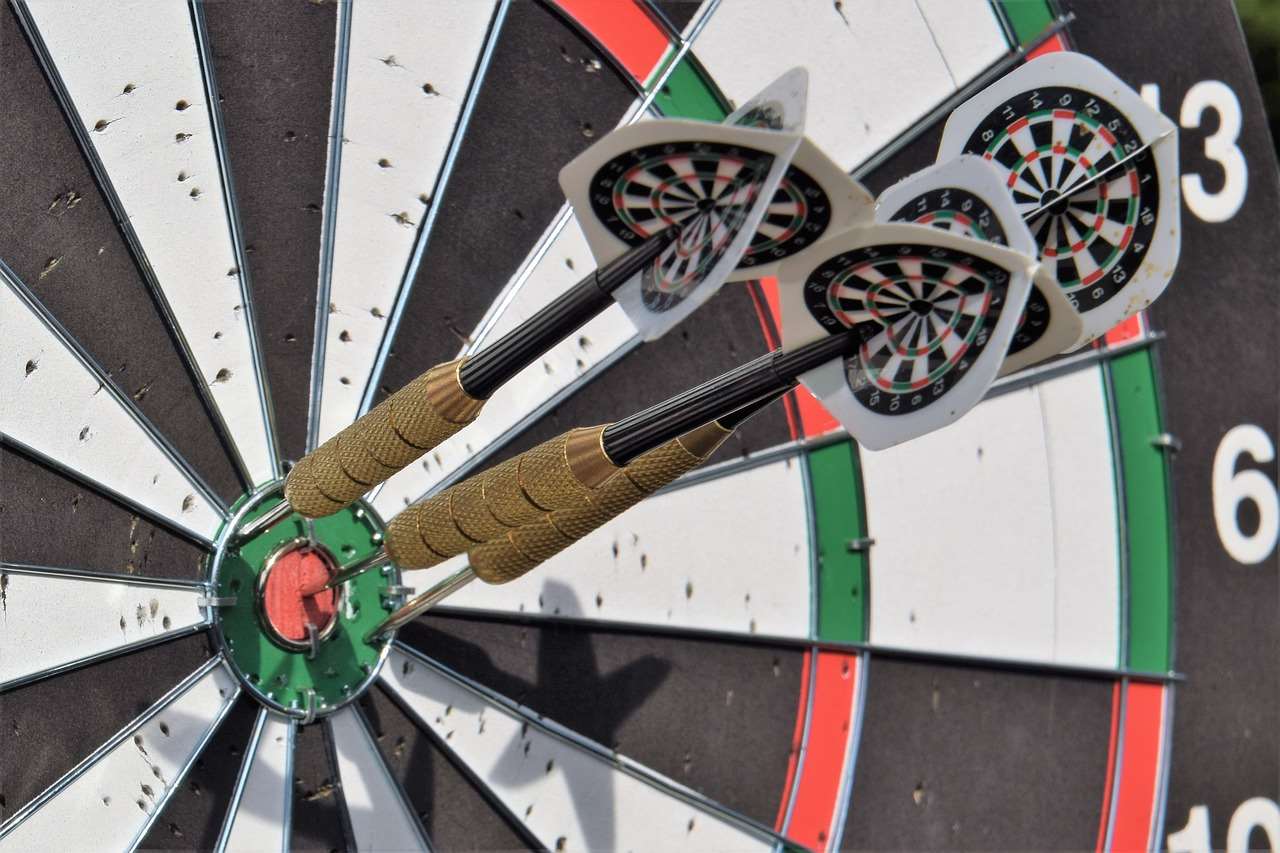This dartboard lighting guide will help you illuminate your game, ensuring optimal visibility and enhancing your dart-throwing accuracy. We’ll cover everything from choosing the right type of light to its placement and intensity, maximizing your performance. You’ll also learn about common lighting mistakes to avoid and how to create the perfect ambiance for your game room.
⚠️ Still Using Pen & Paper (or a Chalkboard)?! ⚠️
Step into the future! The Dart Counter App handles all the scoring, suggests checkouts, and tracks your stats automatically. It's easier than you think!
Try the Smart Dart Counter App FREE!Ready for an upgrade? Click above!
Before diving into the specifics of lighting, let’s address a common misconception. Many believe any light will suffice, but proper lighting is crucial for consistent performance. Poor lighting leads to misjudgments in distance and angle, impacting your game significantly. This dartboard lighting guide will show you how to avoid those pitfalls.
A well-lit dartboard isn’t just about seeing the board; it’s about seeing the board clearly. This means minimizing glare and shadows, both of which can severely hinder your accuracy. We’ll examine different lighting solutions and their pros and cons, assisting you in selecting the best option for your setup. We’ll also discuss the importance of ambient lighting, ensuring your entire game room is appropriately illuminated, creating a comfortable and enjoyable atmosphere. Finally, this dartboard lighting guide will provide tips for troubleshooting common lighting issues, helping you diagnose and rectify any problems swiftly.
Choosing the Right Dartboard Lighting: A Comprehensive Guide
Selecting the right lighting for your dartboard is the first, and arguably most important, step in optimizing your game. Several factors need consideration: brightness, type of light, and placement. This section of our dartboard lighting guide will break down each of these critical elements.
Brightness: Finding the Sweet Spot
The ideal brightness level is crucial; too dim, and you’ll struggle to see the board; too bright, and you’ll experience glare, hindering your accuracy. Aim for a brightness level that allows you to clearly see the dartboard and its surroundings without any harsh glare or shadows. Experiment with different brightness levels to find what works best for you. Consider using a dimmer switch to fine-tune the intensity, especially if you have multiple lighting sources.

Types of Lighting: LEDs, Halogens, and More
Several types of lighting are suitable for illuminating a dartboard, each with its advantages and disadvantages. LED lights are an increasingly popular choice due to their energy efficiency, long lifespan, and ability to produce bright, consistent light without excessive heat. Halogen lights provide bright, crisp light, but they generate more heat and consume more energy than LEDs. Fluorescent lights are a more affordable option, but they can be less energy-efficient and may produce a less appealing light color than LEDs or halogens. This dartboard lighting guide strongly recommends considering LEDs for their efficiency and longevity.
Placement: Minimizing Shadows and Glare
The placement of your lighting is equally crucial. Ideally, you should position your lights to illuminate the dartboard evenly, minimizing shadows and glare. Avoid placing lights directly above the dartboard, as this can create harsh shadows. Instead, consider placing lights slightly off to the side, or using multiple lights to create a more diffused and even light source. Experiment with different placements to find the optimal position for your setup. Remember, your aim is to eliminate shadows that would affect your ability to aim effectively. This part of our dartboard lighting guide encourages thoughtful placement.
Avoiding Common Dartboard Lighting Mistakes
Many common mistakes can severely impact your dart-throwing performance. This section of our dartboard lighting guide focuses on avoiding these pitfalls.
Overlighting: The Glare Factor
Using lights that are too bright can lead to excessive glare, making it difficult to see the board clearly and accurately judge distances. Remember, a softly-lit dartboard without any harsh glare is ideal. The right level of illumination is key, and this often comes down to thoughtful experimentation. It’s all about finding the ideal balance, as described earlier in this dartboard lighting guide.

Underlighting: The Darkness Dilemma
Conversely, insufficient lighting can make it difficult to see the board and its details. This can lead to inaccurate throws and frustration. This is a common error in dartboard lighting and one that’s simple to rectify. This dartboard lighting guide aims to ensure this isn’t a problem for you.
Poor Placement: Shadow Central
Placing your lights incorrectly can create unwanted shadows on the dartboard, obscuring the target and affecting your accuracy. Proper placement of your lights is crucial for optimal performance. Avoid placing lights directly in front of the board, as this creates a blinding glare and shadows behind the board, equally problematic. Consider the positions suggested earlier in our comprehensive dartboard lighting guide.
Advanced Dartboard Lighting Techniques
Once you’ve mastered the basics, you can explore more advanced techniques to further enhance your dart-throwing experience.
Ambient Lighting: Setting the Mood
While focused dartboard lighting is essential, don’t neglect the importance of ambient lighting. Ambient lighting complements the focused lighting on the board, creating a pleasant atmosphere in your game room. Using dimmer switches for both your focused and ambient lighting provides a more versatile and inviting environment. This dartboard lighting guide stresses the significance of achieving a balanced environment.
Multiple Light Sources: Reducing Shadows
Using multiple light sources can reduce the occurrence of shadows and improve overall visibility. Experiment with the placement of different lights to see what works best. This enhances clarity and helps improve your performance. Remember, the goal is consistent, clear lighting on the dartboard.

Color Temperature: Choosing the Right Hue
Consider the color temperature of your lighting. Cooler light (higher Kelvin) can appear more crisp and clear, while warmer light (lower Kelvin) can be more relaxing. This aspect is often overlooked but can contribute to a more comfortable environment. You can learn more about selecting the right equipment for your game room with Darts Equipment Maintenance Customization.
Maintaining Your Dartboard Lighting System
Regular maintenance ensures your lighting system continues to perform optimally.
Cleaning: Keeping it Bright
Dust and dirt can accumulate on your lights, reducing their brightness and effectiveness. Regularly clean your lights to maintain their optimal performance. This is a frequently overlooked but critical aspect of maintaining your dart setup.
Bulb Replacement: Staying Illuminated
Over time, light bulbs will eventually burn out. Have replacement bulbs on hand, especially if you use less common types. Regular check-ups are recommended.

Troubleshooting Common Dartboard Lighting Issues
Let’s address some common problems you may encounter.
Flickering Lights: Investigating the Cause
Flickering lights can be caused by a variety of factors, including loose connections, faulty bulbs, or electrical issues. Try checking connections and replacing bulbs before calling an electrician.
Dim Lights: Addressing the Problem
Dim lights can be due to old or failing bulbs, dust buildup, or a problem with your electrical system. Check the bulbs and clean the fixtures before seeking professional help.
Uneven Lighting: Correcting the Imbalance
Uneven lighting usually means poor light placement. Adjust the position of your lights to ensure even illumination across the entire dartboard. Consider using multiple light sources for better coverage, as mentioned earlier in our dartboard lighting guide.
Remember, consistent, clear lighting is key. By following these tips and applying the principles outlined in this dartboard lighting guide, you’ll be well on your way to improving your dart-throwing accuracy and creating the perfect atmosphere for your games. Regular maintenance of your equipment, including proper cleaning and care, is recommended for longevity, as discussed in Darts gear handling for longevity.

Conclusion: Illuminate Your Game with the Perfect Lighting
This comprehensive dartboard lighting guide has provided you with the knowledge and tools to create the ideal lighting setup for your dartboard. By following our advice on choosing the right type of lighting, optimizing placement, and avoiding common mistakes, you’ll significantly improve your game. Remember, the right lighting isn’t just about visibility; it’s about creating an atmosphere that enhances your enjoyment and performance. Ensure you consider dart point length for board damage to avoid damaging your board, and maintain the quality of your darts with Cleaning dart barrels for peak performance and Cleaning dart barrels and flights for optimal grip and performance. Take your game to the next level by optimizing your lighting today. Happy throwing!
For more information on creating the perfect dart-throwing environment, check out our guide on custom dartboard cabinet and custom dartboard cabinet decor. You may also find our article on dart flight customization for individuality helpful.
Hi, I’m Dieter, and I created Dartcounter (Dartcounterapp.com). My motivation wasn’t being a darts expert – quite the opposite! When I first started playing, I loved the game but found keeping accurate scores and tracking stats difficult and distracting.
I figured I couldn’t be the only one struggling with this. So, I decided to build a solution: an easy-to-use application that everyone, no matter their experience level, could use to manage scoring effortlessly.
My goal for Dartcounter was simple: let the app handle the numbers – the scoring, the averages, the stats, even checkout suggestions – so players could focus purely on their throw and enjoying the game. It began as a way to solve my own beginner’s problem, and I’m thrilled it has grown into a helpful tool for the wider darts community.